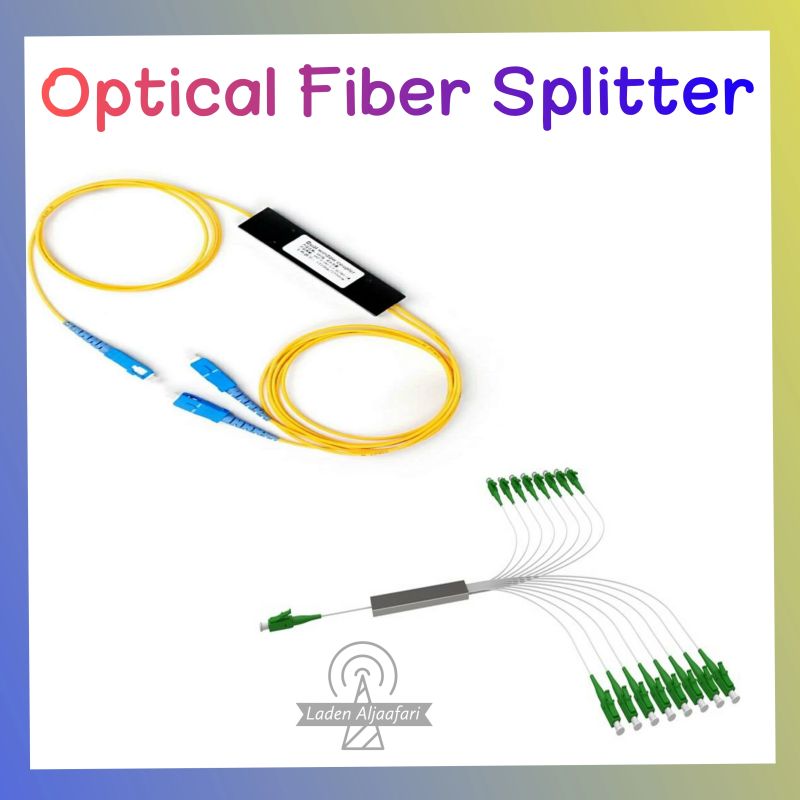
Introducing Optical Transmission Splitters!
Introducing Optical Transmission Splitters!
Are you curious about the technology behind optical networks and how they efficiently distribute ?
Let me shed some light on Optical Transmission Splitters, the unsung heroes of passive optical networks (PONs) that enable seamless signal sharing among multiple users!
Optical splitters are devices designed to divide a single incoming optical signal into multiple output signals, eliminating the need for individual fiber connections for each user.
Here’s a brief breakdown of how optical transmission splitters work:
1️⃣ Incoming Optical Signal: The splitter receives the optical signal from the optical line terminal (OLT) or the main optical network.
2️⃣ Splitting Mechanisms: Using either Fused Biconical Taper (FBT) or Planar Lightwave Circuit (PLC) technology, the splitter splits the incoming signal into several output signals.
3️⃣ Splitting Ratio: Based on a predetermined ratio, such as 1:4, the splitter divides the signal into equal parts, each having a fraction of the original signal power.
Optical splitters are passive devices, meaning they require no power supply or active components. ⚡ This makes them reliable and cost-effective for deploying in optical networks.
Optical fiber splitters are available in configurations like 1×2, 1×4, 1×8, 1×16, 1×32, and beyond, indicating the number of input and output ports. Their versatility makes them invaluable in applications such as passive optical networks (PONs), fiber-to-the-home (FTTH) installations, and optical distribution networks (ODNs).
Disclaimer – This post has only been shared for an educational and knowledge-sharing purpose related to Technologies. Information was obtained from the source above source. All rights and credits are reserved for the respective owner(s).
Keep learning and keep growing
Source: LinkedIn
Credits: Mr. Laden Aljaafari







